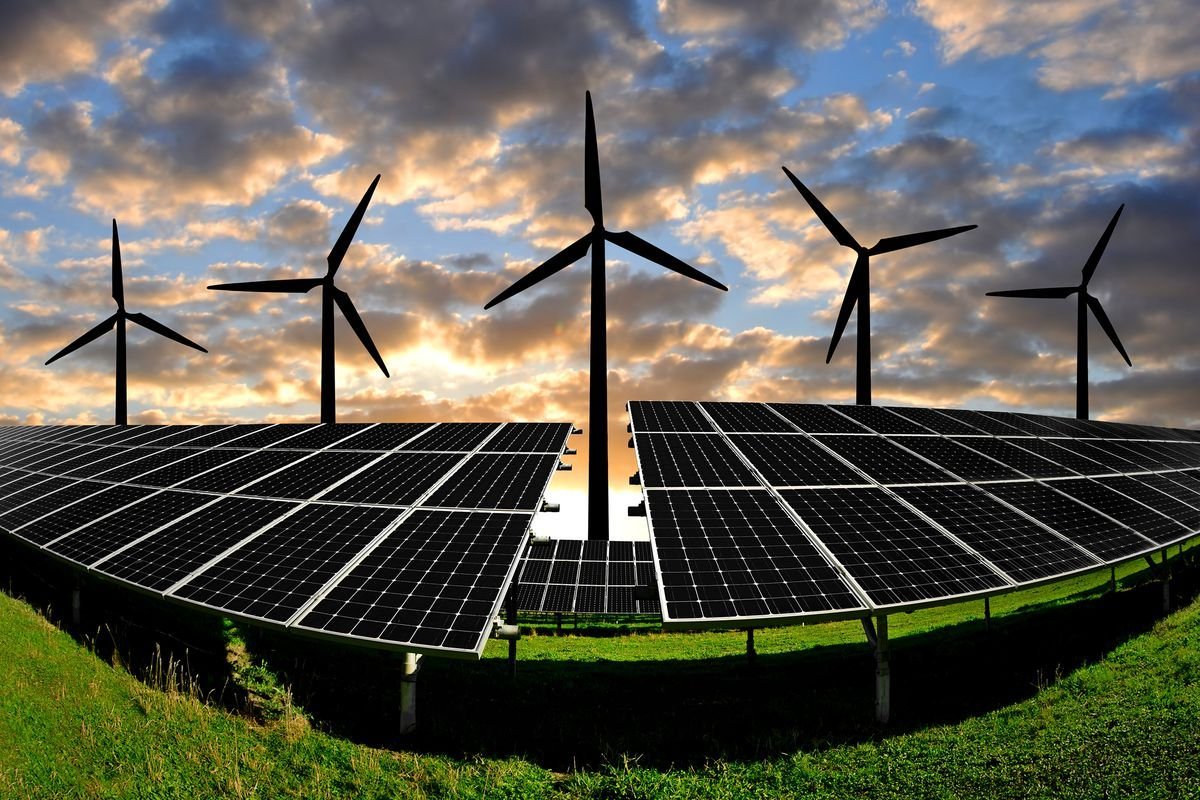Solar vs. Wind: Which Energy Development Option Is Best for Your Land?
As the demand for clean energy continues to rise, landowners have a unique opportunity to lease their property for renewable energy projects. Two of the most popular options are solar and wind energy. But which one is the best fit for your land? Both solar and wind have their unique benefits and requirements. Understanding these differences can help you decide which energy development option aligns best with your property’s characteristics and your financial goals.
Understanding the Basics: Solar Energy
Solar energy harnesses sunlight through photovoltaic (PV) panels to generate electricity. Solar farms typically consist of large arrays of solar panels spread across open land, ideally in areas with high sun exposure. Here’s what you need to consider if you’re thinking about leasing your land for solar development:
Benefits of Solar Energy Development:
1. Versatile Land Use: Solar panels can be installed on a wide range of land types, including farmland, flat open spaces, and even sloped areas. Additionally, solar farms can coexist with agricultural operations, a practice known as agrivoltaics.
2. Low Visual and Noise Impact: Solar panels have a low profile and produce no noise, making them less intrusive than wind turbines.
3. Consistent Energy Output: While solar energy is dependent on daylight hours, advances in solar technology and energy storage systems allow for more consistent energy production.
Requirements for Solar Energy Development:
- Sun Exposure: Solar panels need direct sunlight to operate efficiently. Land in regions with high sun exposure throughout the year is most suitable.
- Land Size and Topography: Solar farms require large, contiguous plots of land, typically at least 10 to 30 acres, depending on the project size. Flat or gently sloping land is ideal.
- Proximity to Transmission Lines: Solar farms need access to nearby power transmission infrastructure to feed electricity into the grid. Proximity to these lines can significantly impact project feasibility.
Understanding the Basics: Wind Energy
Wind energy is generated through large turbines that capture the kinetic energy of wind and convert it into electricity. Wind farms are usually located in areas with steady, strong winds, and they can cover vast stretches of land. Here’s what to know if you’re considering leasing your land for wind energy development:
Benefits of Wind Energy Development:
1. High Energy Yield: Wind turbines can generate substantial amounts of electricity, especially in consistently windy areas, making them a highly efficient energy source.
2. Smaller Land Footprint: While wind turbines are large, they occupy a relatively small footprint on the land, allowing for dual land use. Agricultural activities such as farming or ranching can continue around the turbines.
3. Night and Day Operation: Unlike solar panels, wind turbines generate electricity 24/7 as long as there is sufficient wind, offering a continuous energy supply.
Requirements for Wind Energy Development:
- Wind Conditions: Consistent wind speeds of at least 12-15 mph are necessary for effective wind energy production. Areas with strong, steady winds are ideal.
- Land Size and Spacing: Wind farms require large expanses of land, often spanning hundreds of acres, to accommodate the spacing needed between turbines. However, the actual footprint of each turbine is small, allowing for continued land use.
- Visual and Noise Impact: Wind turbines are tall and can be visually prominent. They also produce some noise during operation, which may be a consideration for landowners or nearby communities.
Choosing the Best Option for Your Land
When deciding between solar and wind energy development, several factors should guide your decision:
1. Location and Climate: Your land’s geographic location and climate are crucial. If your property is in a region with abundant sunlight and minimal cloud cover, solar might be the better option. Conversely, if you’re located in a windy region with consistent air currents, wind energy could be more profitable.
2. Land Characteristics: Flat, open land with access to sunlight is ideal for solar farms, while large, wide-open spaces with strong winds are better suited for wind farms. It’s also important to consider the size and topography of your land.
3. Community and Environmental Considerations: If preserving visual aesthetics and minimizing noise are important, solar panels are less intrusive than wind turbines. However, if maximizing energy output and using land efficiently are your priorities, wind energy could be the best choice.
4. Dual Land Use: Both solar and wind projects can accommodate dual land use. For example, with solar, you can engage in agrivoltaics by growing crops beneath the panels. With wind, you can continue farming or grazing livestock around the turbines.
Get Started with Telkes and Maximize Your Land’s Potential
If you’re a landowner considering leasing your property for renewable energy, now is the time to act. At Telkes, we connect landowners with experienced solar and wind developers looking for the perfect sites for their next projects. Whether your land is better suited for solar panels or wind turbines, we’ll help you navigate the process and secure favorable terms.
Ready to Explore Your Renewable Energy Options?
Visit Telkes to list your land for free and learn more about how you can get involved in renewable energy leasing. With Telkes, you can take advantage of this booming industry while securing long-term financial benefits for yourself and your community.
Turn your land into a valuable resource for clean energy and secure a stable income stream. Reach out to Telkes today and see how easy it is to get started!



